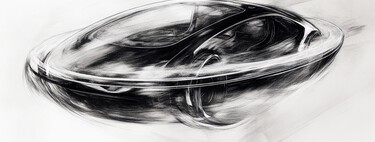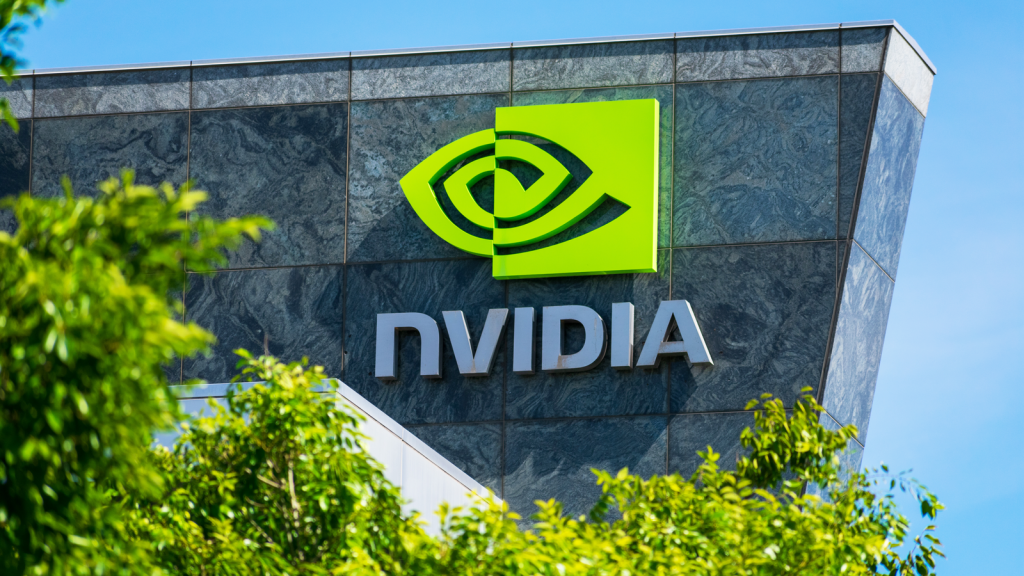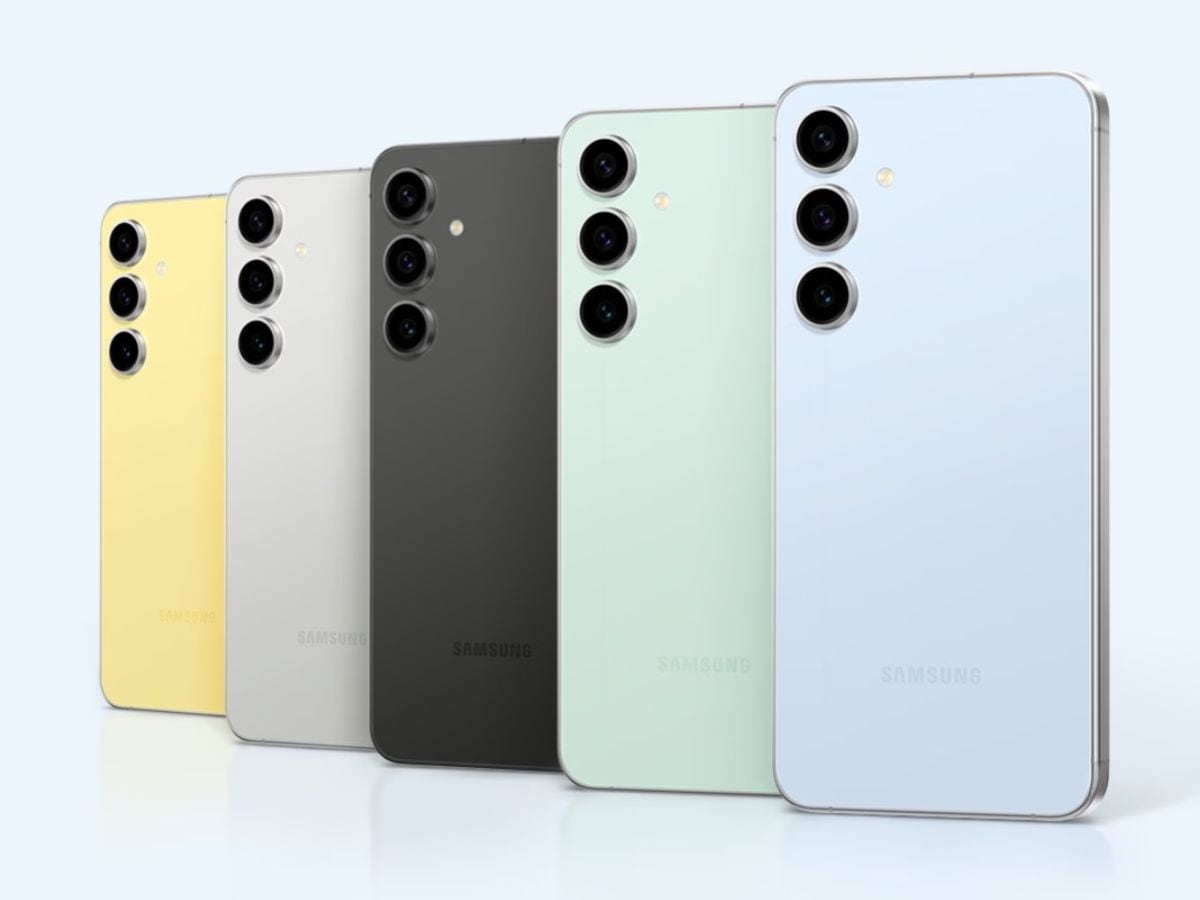Red, amber and green.
The three colors of traffic lights around the world. All over the world? No, some particular Japanese traffic lights resist today and forever… the Vienna Convention on Traffic Signs and Signals to which more than 50 States are adhered. Although there are curious absences in it, such as those of the United States or, of course, Japan.
This regulatory framework was signed for the first time in 1968promoted by the Economic and Social Council of the United Nations. The text reviewed previous regulations with the aim of homogenizing traffic in as many countries as possible. The last review, in fact, is from 2003 and it addressed the modernization of some signs or the priority rules on roundabouts.
The intention is that what we understand in Spain as a Stop is also the same in France or Germany. And so it is, in fact, because all of Europe subscribes to said text. But the most striking absences, such as that of Japan, give rise to curious anecdotes. Like finding traffic lights where the priority of passage is not granted with green, it is applied when the light turns blue.
Blue, I love you blue
And if you travel to Japan and plan to drive, there is one detail that you should not overlook (beyond the fact that you drive on the left, remember): the green light on some traffic lights is blue. Or turquoise, more accurately.
The origin must be found in the language itself. The Japanese did not have a specific word to refer to green. To mention it they referred to the word “Ao”. The problem is that “To the” It refers to a wide spectrum of colors and among them, as you can imagine, blue or greenish blue or turquoise.
Some sources suggest that the word “Midori”, which refers specifically to the color green, became popular during the Second World War for a purely practical reason when it came to differentiating both colors. However, a good part of society continued to refer to green as “Ao” and, in fact, it continues to be part of words that are applied exclusively to define green objects, such as aoshingō…which is actually the official word for the green traffic light even though it doesn’t specifically mean green.

In 1960, Japan signed its own Traffic Law where this term was included to talk about traffic lights. This law is, therefore, prior to the aforementioned Vienna Convention and remained intact until 1973 when a ministerial order ended up specifying that the traffic light should be as blue as possible within the green, as a measure of compromise between maintaining the traffic lights that were already installed and approaching international conventions.
The result is that the oldest traffic lights have a more intense blue and the more modern ones have a green tone with slight blue nuances that can be reminiscent of turquoise. However, they are not exactly green because the term “Ao” works, as we said, for both blue and green.
Foto | Yuya Sekiguchi y Derch
In WorldOfSoftware | Japan needs solutions to its great demographic drama. He is looking for them on a bus












